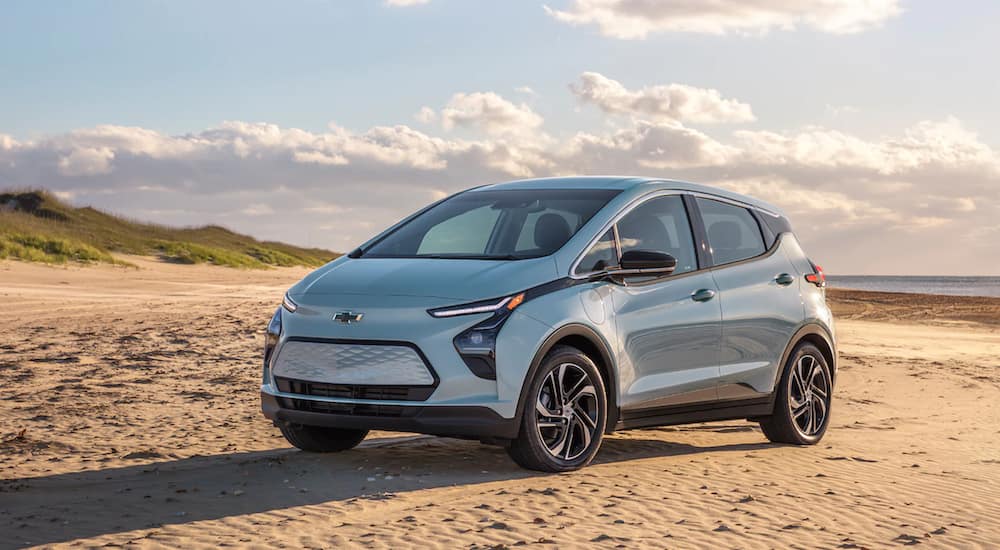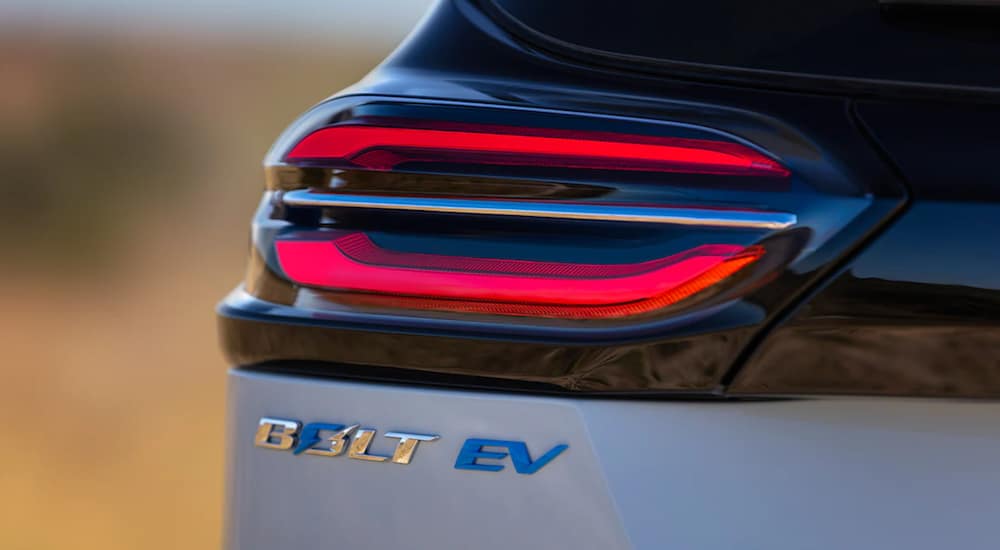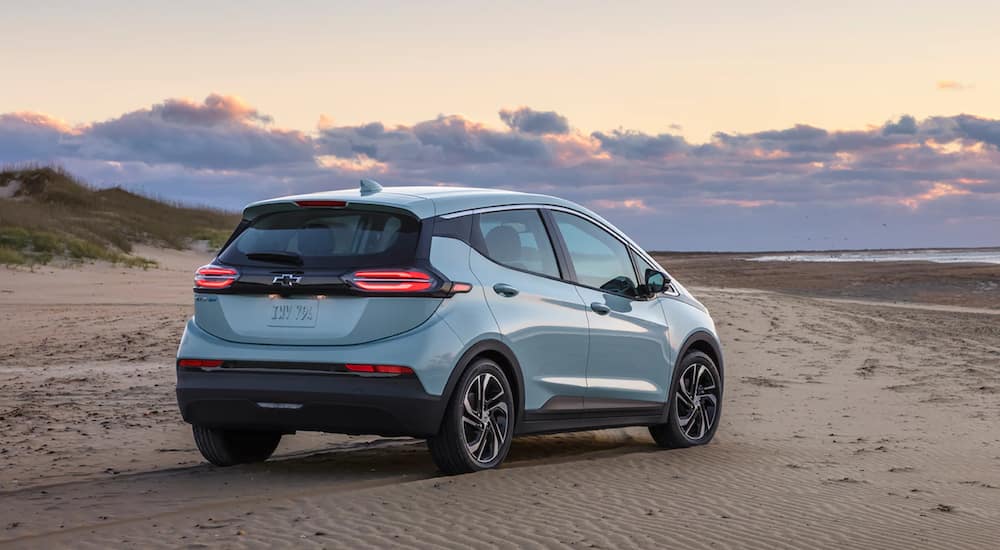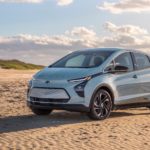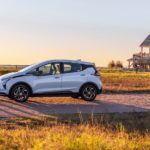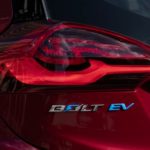We hear plenty about the benefits of buying all-electric vehicles (EVs), but not too much is said about the dark side of this emerging technological shift. By all accounts, most manufacturers are embracing an all-electric future. General Motors announced that it’s hoping to get there by 2035, and the growing network of Chevy EV dealer locations supports that strategy on a local level. But what’s the downside of EV technology?
Before we go too far into the rabbit hole, it’s helpful to understand how alternative fuel vehicles became a focus in the first place. A variety of factors are contributing to the push for cleaner energy vehicles, most notably the tightening federal emissions regulations designed to battle climate change and make the air we breathe a little cleaner.
Automobiles are notorious contributors to global warming, thanks to their dependence on dirty fossil fuels. They produce greenhouse gases, like carbon dioxide and methane, that total 28 percent of U.S. greenhouse gas emissions, a staggering figure recently released by the EPA. These realities have fostered a growing interest in alternative fuel vehicles, most notably EVs.
Given Americans’ dependence on their vehicles, government officials realized that public transportation infrastructure and guilt-inducing carpool PSAs weren’t the most effective ways to reduce greenhouse gases. Americans not only want their cars, we need them to cover the vast distances of our country, so a different strategy that recognized our dependence on driving began to take shape.
Manufacturers have been working on developing alternative fuel technologies for decades, but only recently have they successfully released EVs that offer the same – or better – performance and range characteristics as their fossil-fueled predecessors. Still, some buyers aren’t convinced. In an effort to help the EV gain traction among reticent buyers, the federal government has worked with forward-thinking manufacturers to help fund R&D and provide significant tax incentives to EV buyers. Some state governments have even gone so far as to impose bans on the sale of new gasoline vehicles.
These efforts are moving the needle. EV sales continue to climb globally, and the number of DC fast-charging stations is steadily growing to support it. Unfortunately, it’s not all good news. Just like traditional gas-powered cars, EVs have their drawbacks. These range from consumer inconveniences (not enough driving range) to environmental impact. Today, we are taking a look at the dark side of EV technology, but the good news is that brands like Chevy are working hard to eliminate the last drawbacks to this new technology.
Consumer Headaches: Range and Charging
EV design is focused on a few key areas: driving range, speed of charging, and performance. These three categories represent the biggest pain points for would-be buyers. Price is also a consideration, but the price of an EV looks to be trending down, thanks to economies-of-scale at the factory level and improved battery manufacturing capabilities.
The most advanced EVs, particularly the Tesla lineup and a few soon-to-be-released models from American manufacturers, are challenging driving range complaints with vehicles that can go over 400 miles on a single charge. That’s great news for wary buyers, but it is still a difficult hurdle to overcome because there are way more gas stations than there are charging stations in America.
However, EV charging is undergoing a revolution with massive growth in the number of public charging stations as well as the increasing ease of simply charging your EV at home. There are currently over 40,000 charging stations in the US, including over 5,000 fast-chargers that can top off a battery in minutes rather than hours. With innovations like the Dual Level Charge Cord in the new Chevy Bolt EV and Bolt EUV, it is also easy to switch between Level 1 and Level 2 charging on the go, and Chevy’s promise to help cover the cost of a home charging station only makes these vehicles more convenient.
The Myth of “Green” Technology
The word “green” is bandied about by environmentalists and others who are rightfully concerned about global warming. The problem is we don’t always have enough facts to discern what’s actually good for the environment and what isn’t. For some scientists, EVs are at the center of this debate. In order to classify an EV as completely eco-friendly, we have to examine it along its entire lifecycle. That starts with the mining of raw materials and ends when the car is scrapped and sent to the landfill.
It’s a fact that EVs are extremely environmentally friendly to drive because they produce zero emissions, making them a quantum leap from cars and trucks that rely on fossil fuels to run and a big step toward cleaner air. Ironically, though, many of the power plants that produce the electricity EVs depend on are themselves powered by coal. When EVs get their power from a source that depends on fossil fuels, it lessens their environmentally-friendly footprint, albeit once removed. Power plants are slowly transitioning into cleaner-burning sources, like solar and wind power, but that effort will take decades and billions of dollars.
Companies like General Motors are tackling this problem head-on, creating partnerships with renewable energy companies and committing to utilizing renewable energy sources in its growing network of DC fast-charging stations. In a July 2020 press release, the company announced that its new line of EVgo fast chargers would receive power from 100 percent renewable energy and committed to a longer-term goal of powering all its U.S.-based factories solely on renewable energy by 2030.
Battery Woes at the Factory
Perhaps the largest environmental problem with EVs is their batteries.
It’s important to note that the most advanced battery manufacturing technologies rely on precious and rare materials like nickel and lithium, materials that can only be sourced through mining. Mining is traditionally heavily dependent on methods that destroy natural environments, produce seriously high emissions, and make use of dangerous chemicals.
Another problem automakers and regulators grapple with is disposing of old batteries at the end of an EV’s lifecycle. When an old vehicle is finally taken off the road for good, roughly 90 percent of its parts are recovered and recycled. In fact, auto recycling is a $25 billion a year industry. However, EV batteries are not part of the traditional car recycling business. In fact, the Institute for Energy Research predicts that we could stockpile over 3.4 million dead batteries by 2025.
Fortunately, EV manufacturers are pursuing new types of batteries that rely less on rare minerals. GM and LG Chem, for instance, have worked together to reduce the use of cobalt in GM’s upcoming Ultium batteries by 70 percent, replacing it with the far more common aluminum. Future batteries are expected to be even more environmentally friendly, with research into solid-state batteries that use more available material while simultaneously increasing range and safety.
There Are Challenges, but the Future Is Bright
With forward-thinking companies like General Motors at the forefront of EV technology, there is growing confidence that the nation’s infrastructure will overcome the potentially negative outcomes associated with an all-EV future. The combination of working toward renewable energy sources at the plant level and coming up with innovative ways to repurpose old EV batteries will go a long way toward realizing a true zero-emissions future.
For now, the good outweighs the bad because fossil fuel-powered vehicles are demonstratively damaging to the environment. We all have a stake in keeping our planet and fellow citizens protected from the dangers of climate change, which means embracing alternative fuel technologies and supporting companies like General Motors that are pushing hard for zero-emissions solutions.
